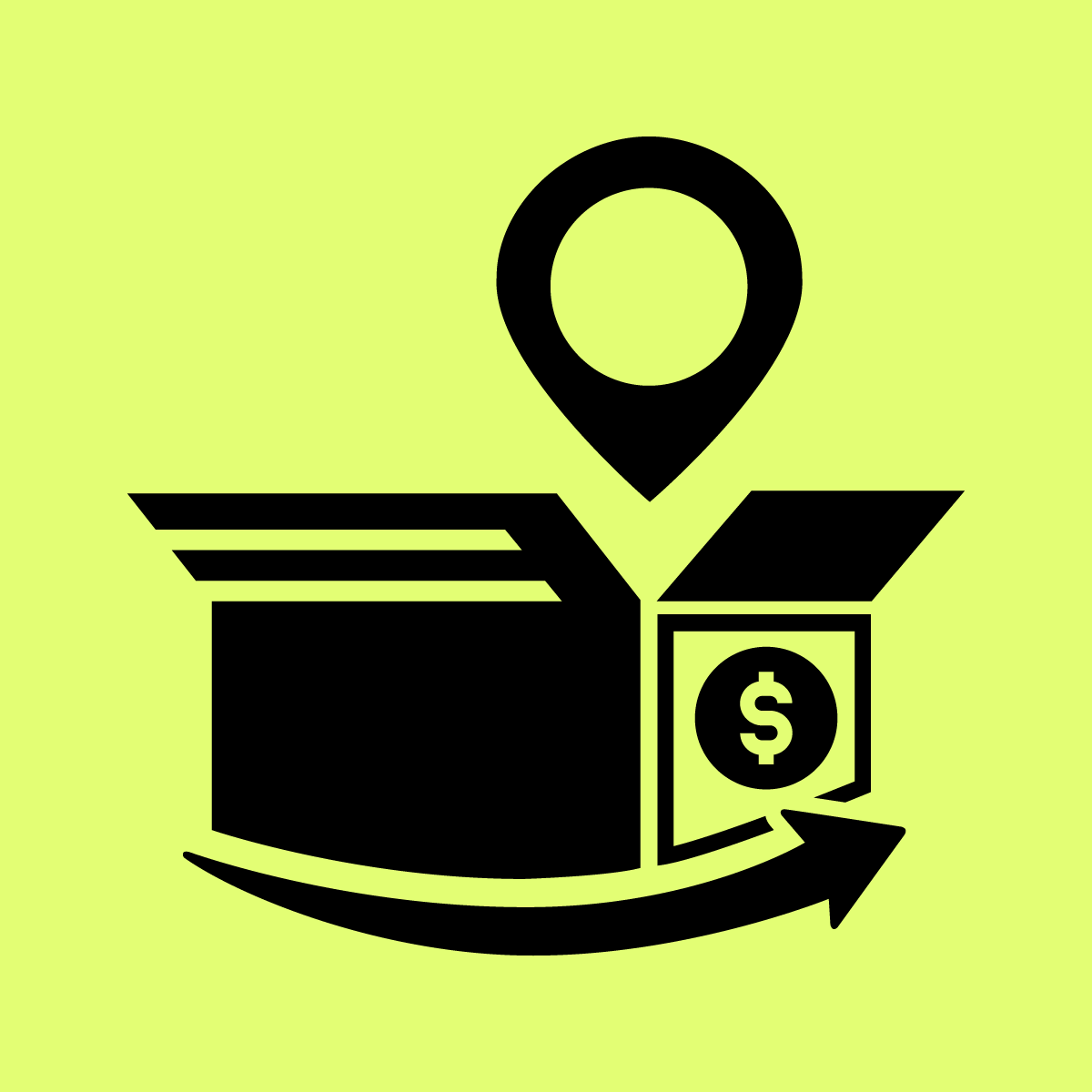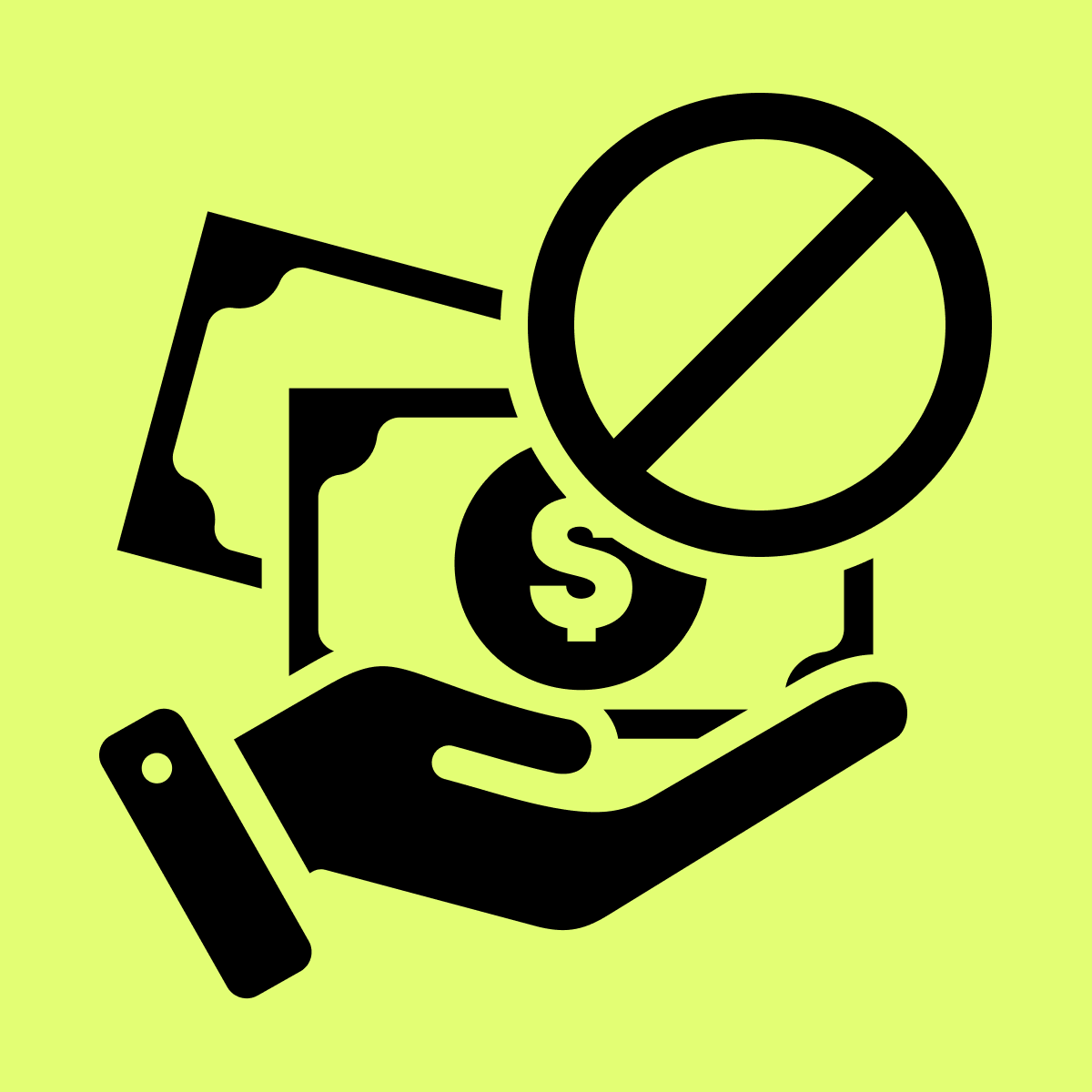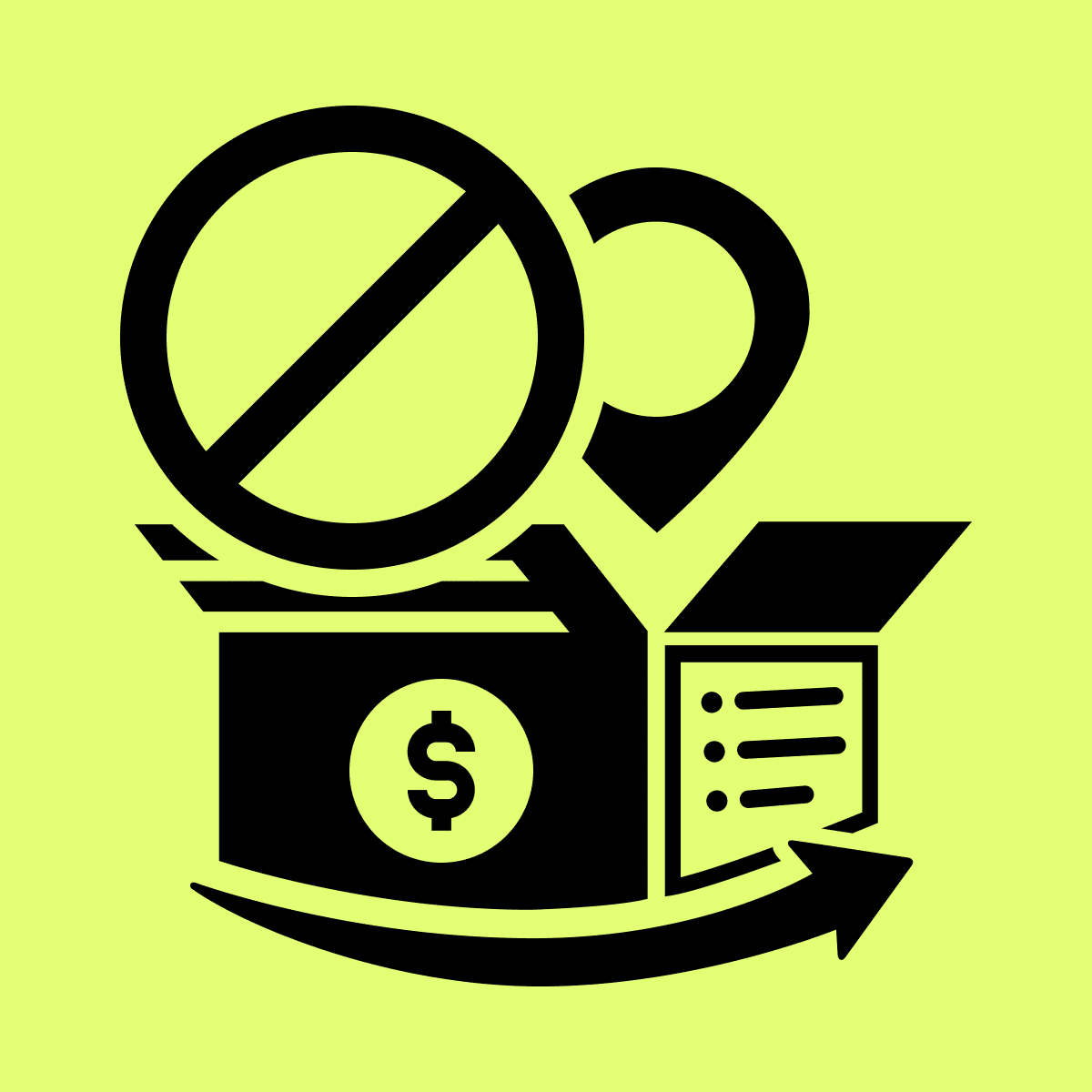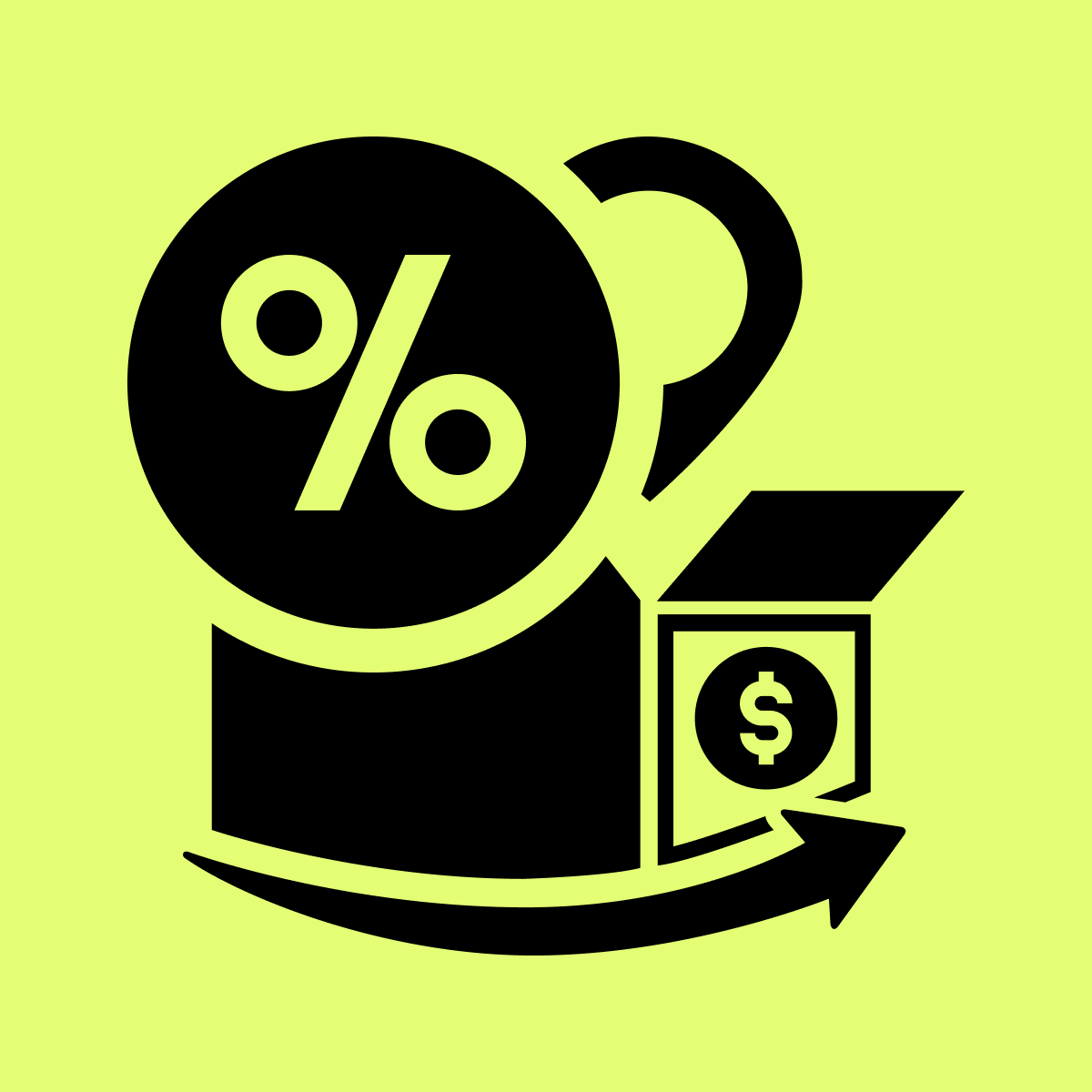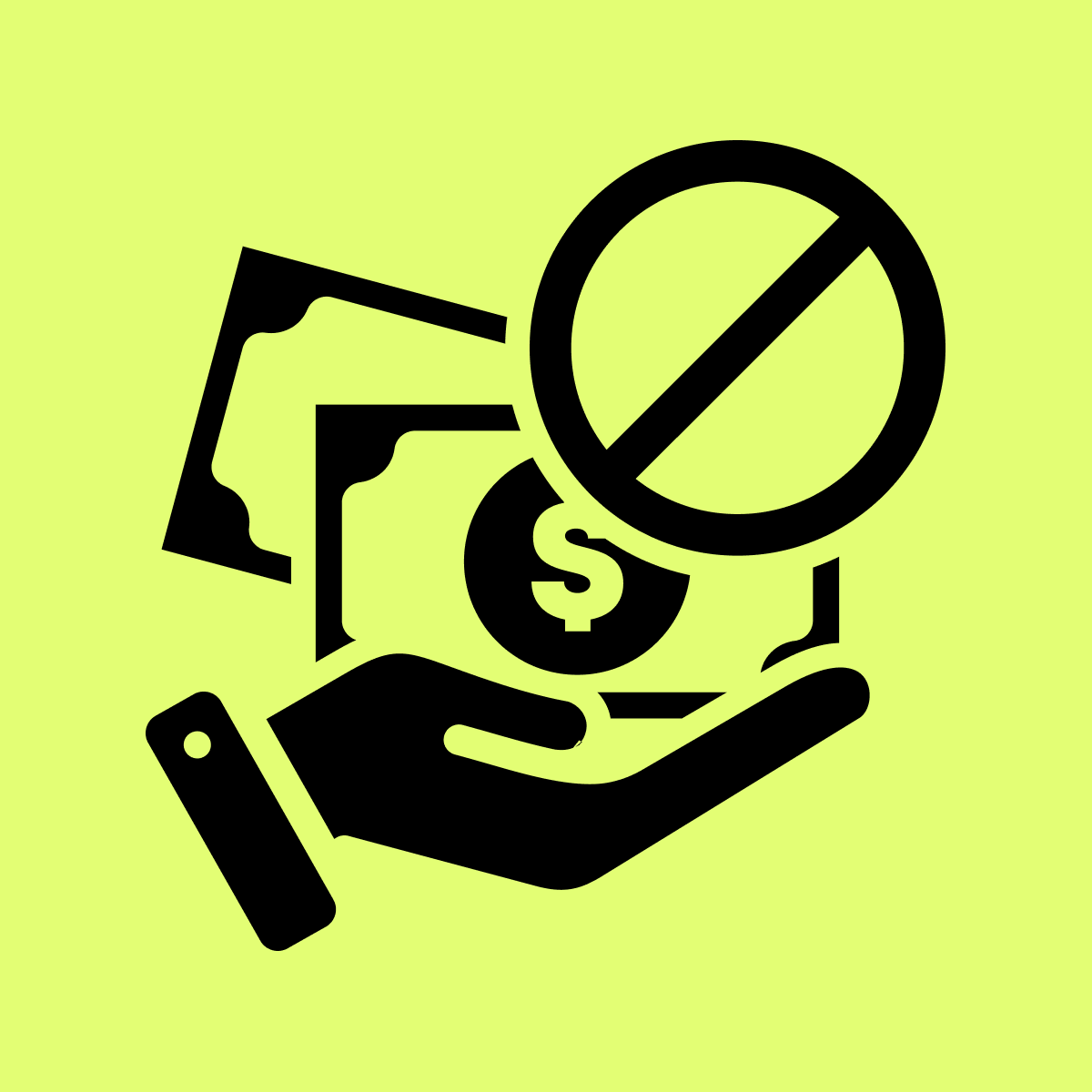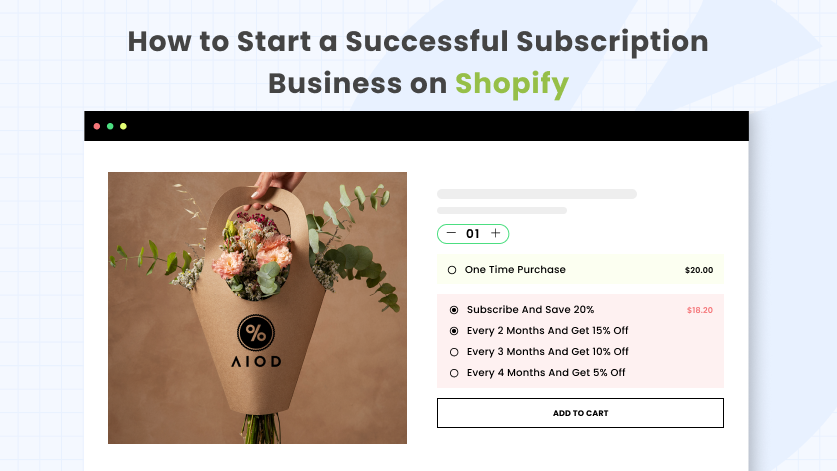The world of eCommerce has witnessed a remarkable surge in subscription businesses in recent years, with subscription boxes gaining immense popularity giving birth to a common question: how to start a subscription business?
This trend has further accelerated due to the pandemic, as more individuals actively seek engaging experiences within the confines of their homes.
According to McKinsey, the subscription box market is projected to skyrocket to a staggering $473 billion by 2025, a remarkable leap from its $15 billion valuation in 2019.
As an entrepreneur, how can you harness this growing trend and start a successful subscription business of your own? Fear not, for this article is here to guide you.
In the following sections, we will delve into the intricacies of how to start a subscription business on Shopify, exploring the ideal subscription business models and subscription business ideas, the vital initial steps, and a plethora of invaluable tips to ensure your venture flourishes.
Whether you aspire to introduce subscription services to your existing Shopify store or embark on a new subscription eCommerce journey, this comprehensive guide will equip you with the essential knowledge to unlock the benefits of recurring revenue, understand various subscription business models, and establish a robust presence on Shopify.
Before we start with how to start a subscription business on Shopify. Do you know what the success rate of a Shopify store?
The Shopify Success Rate of eCommerce stores is around 5% to 10%. This means that out of every 100 businesses that use Shopify, only about 5 to 10 businesses of them are successful.
Learn more in our tutorial on Shopify success rate.
So, let’s dive into the realm of subscription businesses and unlock the secrets of a prosperous future.
What is a Subscription Business Model?
A subscription business model is a popular way to run a business. With this model, customers pay regular fees, usually monthly or annually, for access to a certain product or service.
Instead of making one-time purchases, subscribers sign an agreement that gives them continued access to the service as long as they keep their subscription.
The subscription business model has gained popularity in many fields, including software development, media streaming, eCommerce food delivery, and other services. It’s good for both businesses and customers and continues to change how businesses work today.
Pros of Subscription Business:
1. Predictable Income: A business plan based on subscriptions guarantees a steady and predictable flow of income. If you know exactly how much money you’ll make each month, you can make sales forecasting and stocking planning easier. This lets you make smart decisions for your business’s growth.
2. More Cash on Hand: Businesses that sell subscriptions often get paid in full upfront, sometimes at a discount. This improves cash flow and gives new businesses a sense of financial protection and stability.
3. Cost-Effective Customer Acquisition: Unlike businesses that charge per product, subscription-based companies must spend less on marketing and sales to attract new customers. With regular payments from current subscribers, you can cut down on the costs of getting new customers, which is one of the main reasons startups fail.
4. Cultivating Customer Loyalty: The fact that subscriptions happen over and over makes customers more likely to be loyal and buy again. As you talk to your customers more often and learn more about their tastes and habits, you can keep improving their personalized experience.
This creates long-term customer relationships, and a study shows that repeat customers spend 67% more than new ones.
5. Easy upselling and cross-selling: If you use a subscription model, you can sell your current customers more products or services with upselling and cross-selling.
By staying in touch with your customers regularly, you can build trust and a good relationship with them. This makes it easier to sell them other products that go well with the service you already give them.
Understanding the Subscription Business Model:
A subscription business model is a popular approach that offers customers ongoing access to products or services through recurring payments.
There are three main types of subscription businesses:
- Curation
- Replenishment
- Access
Each type has its own advantages and disadvantages, and the right fit depends on factors such as the products or services offered, business capacity, and goals.
Different Types of Subscription Businesses Models:
1. Curation Subscription Business Model:
The curation subscription business model, often seen in subscription boxes, focuses on providing customers with personalized and surprise items.
Examples include Birchbox, Blue Apron, and Stitch Fix. This model works well across various industries, such as apparel, beauty, and food.
Curation Subscription Business Model Pros and Cons:
Pros:
- High-profit potential due to monthly recurring revenue
- Offers the excitement of discovering new products
Cons:
- Higher customer churn rates as the novelty wears off
- Higher operating costs, including packaging and shipping
2. Replenishment Subscription Business Model:
The replenishment subscription model emphasizes convenience and cost savings by automating the purchase of essential items. Products like razors, diapers, and pet food are suitable for this model.
Replenishment Subscription Business Model Pros and Cons:
Pros:
- Higher conversion and retention rates
- Long-term subscription commitment from customers
Cons:
- Thin profit margins due to competition on price
- Requires operating at scale to realize profits
3. Access Subscription Business Model:
The access subscription business model offers exclusive perks or lower prices to subscribers. Examples include JustFab and Thrive Market.
Access Subscription Business Model Pros and Cons:
Pros:
- Provides greater value and personalized offers to customers
- Opportunities for bundling multiple products or services
Cons:
- Requires investment in maintaining a robust membership offering
- Demands ongoing work to ensure customer satisfaction
4. Bonus: Add-On Subscription Business Model:
The add-on model allows existing businesses to incorporate subscription services as an extension of their offerings. It offers flexibility and exploration of the subscription ecosystem without committing to a specific model.
Overall, understanding the different subscription business models is crucial in determining the best fit for your business.
Whether you choose curation, replenishment, access, or explore the add-on approach, each model presents unique opportunities and challenges. Consider your products, target audience, and long-term goals to make an informed decision.
How To Start a Subscription Business on Shopify?
Step #1: Identifying Your Niche and Target Audience:
1. Conducting Market Research to Find a Profitable Niche:
To start a successful subscription business on Shopify, it’s crucial to conduct thorough market research. Identify gaps in the market and assess the demand for subscription-based products or services. Look for a niche that aligns with your interests and has the potential for profitability.
2. Defining Your Target Audience and Buyer Personas:
Once you’ve identified a niche, it’s essential to define your target audience. Understand their demographics, preferences, and pain points. Creating detailed buyer personas helps you tailor your subscription offering to meet their specific needs and preferences.
3. Analyzing Competition and Differentiating Your Offering:
Analyze your competition within the chosen niche. Identify their strengths, weaknesses, and unique selling points. Differentiate your subscription business model by offering something special or providing a better value proposition.
Identify areas where you can stand out and provide a compelling reason for customers to choose your subscription service.
By carefully conducting market research, defining your target audience, and differentiating your offering, you set a solid foundation to start a successful subscription business on Shopify.
These steps will help you create a unique and appealing subscription service that resonates with your target customers.
Step #2: Planning Your Subscription Box or Service
1. Choosing the Right Products or Services for Your Subscription Offering:
Select products or services that align with your niche and target audience. Conduct market research to identify popular and in-demand items. Consider offering unique or exclusive products to differentiate your subscription offering.
For example: A beauty subscription box may include high-quality skincare products from niche brands.
2. Packaging and Presentation Considerations:
Pay attention to the packaging and presentation of your subscription box or service. Create an appealing and memorable unboxing experience for your customers.
Use attractive branding solutions, personalized messages, and attention to detail to enhance the overall presentation. Consider using eco-friendly packaging materials to align with sustainability trends.
3. Pricing Strategies and Revenue Projections:
Determine your pricing strategy based on factors such as product costs, packaging expenses, and desired profit margins. Consider offering different subscription tiers with varying benefits and price points.
Conduct financial projections to estimate revenue and expenses. Analyze your pricing in comparison to competitors to ensure competitiveness and profitability.
Step #3: Setting up Your Shopify Store:
1. Creating a Shopify Account and Selecting a Subscription-Friendly Theme:
Sign up for a Shopify account and choose a theme that supports subscription-based businesses. Look for themes with built-in subscription features or consider using subscription-specific apps and plugins available on the Shopify platform.
If you’re looking for Shopify themes for your subscription business, then check out our detailed guide on the best Shopify themes in this guide, we’ve explained which Shopify themes are the best in the industry.
2. Customizing Your Store’s Design and Branding:
Customize your store’s design to align with your brand identity. Use consistent branding elements such as colors, fonts, and logos. Create a visually appealing and user-friendly website layout that enhances the customer’s browsing and shopping experience.
Before you set up your subscription business on Shopify check out our tutorial on Shopify checklist. In this guide, we’ve explained 32 proven tips to consider when you set up a Shopify store.
3. Integrating Subscription Management Apps and Plugins:
Utilize subscription management apps and plugins to handle recurring billing, manage customer subscriptions, and automate order processing. Integrate these tools seamlessly with your Shopify store to streamline subscription management and enhance customer convenience.
Step #4: Building a Compelling Subscription Offering:
1. Creating Enticing Subscription Tiers and Pricing Plans:
Design subscription tiers that cater to different customer preferences and budgets. Offer benefits and exclusive perks for higher-tier subscribers. Consider providing discounts for longer subscription commitments to encourage customer loyalty.
2. Crafting Engaging Product Descriptions and Images:
Write compelling product descriptions that highlight the unique features and benefits of each item in your subscription offering. Use high-quality images that showcase the products attractively. Consider including customer reviews and testimonials to build trust and credibility.
3. Offering Discounts, Promotions, and Incentives to Attract Customers:
Implement special offers, introductory discounts, or referral programs to attract new customers. Provide incentives for customers to refer friends or upgrade to higher subscription tiers. Limited-time promotions and exclusive deals can create a sense of urgency and drive conversions.
If you want to offer discounts on your Shopify store then discover this best automatic discount app for Shopify.
Step #5: Marketing and Promoting Your Subscription Business:
1. Developing a Comprehensive Marketing Strategy:
Create a marketing plan that encompasses various channels such as social media, email marketing, content marketing, and influencer collaborations.
Identify your target audience’s preferred platforms and tailor your messaging accordingly. Use a mix of paid advertising and organic outreach strategies to increase brand awareness and boost sales to your Shopify store.
2. Leveraging Social Media Platforms and Influencers:
Use social media as an eCommerce platform for your target audience to promote your subscription business. Connect with your followers, share engaging content, and collaborate with influencers or micro-influencers in your niche to reach a wider audience.
3. Implementing Email Marketing Campaigns and Automation:
Build an email list of interested prospects and existing customers. Develop email marketing campaigns that provide value, such as exclusive discounts, product updates, or educational content.
Utilize marketing automation tools to send personalized emails based on customer behavior, such as abandoned cart reminders or subscription renewal notifications.
Step #6: Fulfillment and Logistics:
1. Establishing Efficient Inventory Management Processes:
Implement inventory management systems to track stock levels and ensure timely replenishment. Use inventory forecasting tools to optimize inventory levels and avoid stockouts or excess inventory. Maintain good relationships with suppliers to ensure a smooth supply chain.
2. Choosing Reliable Suppliers and Managing Stock Levels:
Source products from reliable suppliers who can consistently meet your demand. Conduct regular supplier evaluations to ensure quality and reliability. Monitor stock levels to prevent inventory shortages or overstocking.
3. Streamlining Order Fulfillment and Shipping Logistics:
Optimize your order fulfillment process to ensure timely and accurate shipping. Utilize order management systems or fulfillment services to streamline the process.
Offer multiple shipping rate options to accommodate customer preferences, including expedited or international shipping if applicable.
Step #7: Customer Retention and Satisfaction:
1. Providing Exceptional Customer Service and Support:
Prioritize excellent customer service to build trust and loyalty. Offer multiple communication channels for customer inquiries and provide prompt and helpful responses. Resolve any issues or complaints promptly and go the extra mile to exceed customer expectations.
2. Implementing a Feedback System for Continuous Improvement:
Gather feedback from customers through surveys, reviews, or feedback forms. Use this input to improve your subscription offering, customer experience, and overall business operations. Actively listen to customer feedback and implement necessary changes based on their suggestions.
3. Retaining Subscribers through Personalized Experiences and Exclusive Perks:
Create personalized experiences for your subscribers, such as customized product selections based on their preferences or sending personalized notes or gifts. Offer exclusive perks or early access to new products or promotions as a way to reward loyal customers and encourage subscription renewals.
Step #8: Analyzing and Scaling Your Subscription Business:
1. Tracking Key Performance Indicators (KPIs) and Analytics:
Monitor essential metrics such as customer acquisition costs, customer lifetime value, churn rate, and subscription renewal rates. Use analytics tools and reporting features to gain insights into customer behavior, revenue trends, and the overall performance of your subscription business.
2. Making Data-Driven Decisions for Growth and Scalability:
Utilize the data and insights gathered to make informed decisions regarding pricing adjustments, marketing strategies, and product offerings.
Identify areas of improvement or expansion opportunities based on customer preferences and market trends. Continuously optimize your subscription business model for success, growth, and scalability.
3. Exploring Expansion Opportunities and Diversifying Your Offerings:
Once you start a subscription business, consider expanding your offerings or entering new markets. Explore partnerships or collaborations with complementary brands. Diversify your subscription product range to cater to evolving customer needs and preferences.
By following these steps, you can start a successful subscription business on Shopify. From planning your offering to marketing and scaling your business, each step contributes to creating a compelling subscription service and building long-term customer relationships.
Learn more about the Best Subscription Apps for Shopify to Grow Your Online Business.
Conclusion:
In conclusion, starting a successful subscription business on Shopify requires careful planning, strategic execution, and a customer-centric approach.
By following the key steps outlined in this guide, including identifying your niche and target audience, planning your subscription offering, setting up your Shopify store, building a compelling subscription experience, marketing and promoting your business, focusing on fulfillment and logistics, prioritizing customer retention and satisfaction, and analyzing and scaling your business, you can lay the foundation for a thriving subscription venture.
Don’t wait any longer—take action and embark on your journey to entrepreneurial success. As you begin this exciting endeavor, remember that numerous inspiring success stories of subscription businesses on Shopify exist, showcasing the tremendous potential and possibilities that await you.
And if you ever need expert guidance and support along the way, Cirkle Studio is here to help you navigate the intricacies of starting your subscription business on Shopify.
So, let’s start this opportunity, unleash your creativity, and start your own subscription business today!

